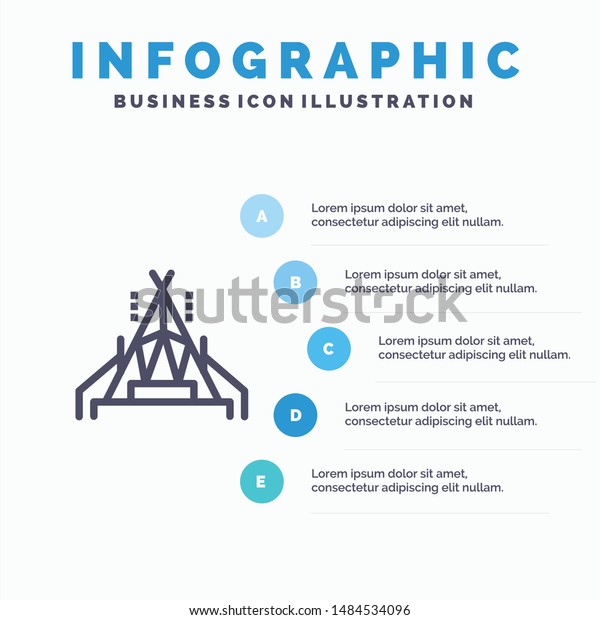A glamping tent has more to offer than a basic camping tent. Its design aims to bring out the best in the natural environment it is surrounded by.
What's the point of camping?
The fusion of luxury and nature creates an experience that is both comfortable and authentic. The following types of glamping tents are popular in the market.
Safari Tents
Safari tents offer more room for guests than other glamping options, making them ideal for families and groups holidaying together. These structures are also able to be erected on hard or soft surfaces, which means they are not as dependent on ground conditions as some other camping tents.
When selecting a safari tent, look for a model with multiple entrances and windows to provide privacy. These features also help to make the tent more comfortable, as they allow fresh air to circulate.
Other important features to consider include layout options and room divisions. Some safari tents are designed with dividers that separate sleeping quarters from living areas, while others feature porches or verandas to create additional outdoor space. These options can increase a tent’s functionality and comfort, and may even allow owners to offer different rate levels based on add-on facilities.
Bell Tents
The most recognizable glamping tent, these are large enough for families and offer a spacious camping alternative. They’re popular for glamping and festivals and can be used in most weather conditions.
They are usually made from cotton canvas or a similar material that’s treated with a PFC-free water repellent and mold/fungus resistant finish. The darker colors (like the camo model) block more early morning light, which can be a big advantage in the summer.
They can be a bit heavier than nylon or polyester tents, but are still fairly easy to set up on grass or a campsite. They do tend to take up more space when packed, though. They also require more frequent maintenance, such as regular inspections and airing out to prevent mildew. They’re best for long-term camping or glamping, not for hiking trips where you’ll be on the move all weekend. They also need a bigger ground footprint than other tent designs, which can be a disadvantage on crowded campsites.
Tipi Tents
Tipi tents offer a more luxurious outdoor experience than basic tents. They provide a more comfortable night’s sleep because they are outfitted with mattresses and other furnishings. They also have a more commercial tent spacious interior and a higher ceiling. The tipi tent is also more versatile, as it can be decorated with a variety of objects, including flowers and pompoms.
These tents are also better able to resist strong winds than standard tents. The tipi’s cone shape allows it to deflect wind and snow, reducing resistance and increasing stability. In addition, the pointed roof structure makes it easy for rain and snow to drain away from the tent.
The glamping tipi tent from SeekOutside is a great option for backcountry camping adventures. It features a light weight design that weighs less than 3 lbs without the floor, making it easily packable for backcountry late season adventures. It also has extra guy out points and a flap loop to minimize sagging when rolled up. It also has a top vent that can be left partially open for airflow, and a zippered vestibule.
Geodesic Domes
Geodesic domes feature a unique combination of strength and beauty. They are made from corrosion-resistant materials, making them suitable for a wide range of environments and climates. Their aerodynamic design allows for a high level of insulation, cutting energy consumption and greenhouse gases. They are also a great choice for earthquake-prone areas, as their triangular structure distributes stress evenly.
Depending on the material used, domes can be either frameless or contain an internal steel or aluminum framework. The former option is more durable and easier to assemble, while the latter is lighter and may require additional support in certain weather conditions.
Buckminster Fuller’s geodesic domes gained prominence in the 1960s, when they were featured in the Whole Earth Catalog and embraced by those seeking alternative living solutions. They became a symbol of the hippie movement, promoting a shift from traditionalism to sustainable community-based living. This ethos continues to be an important part of today’s sustainability efforts.
What is the lightest weight tent?
